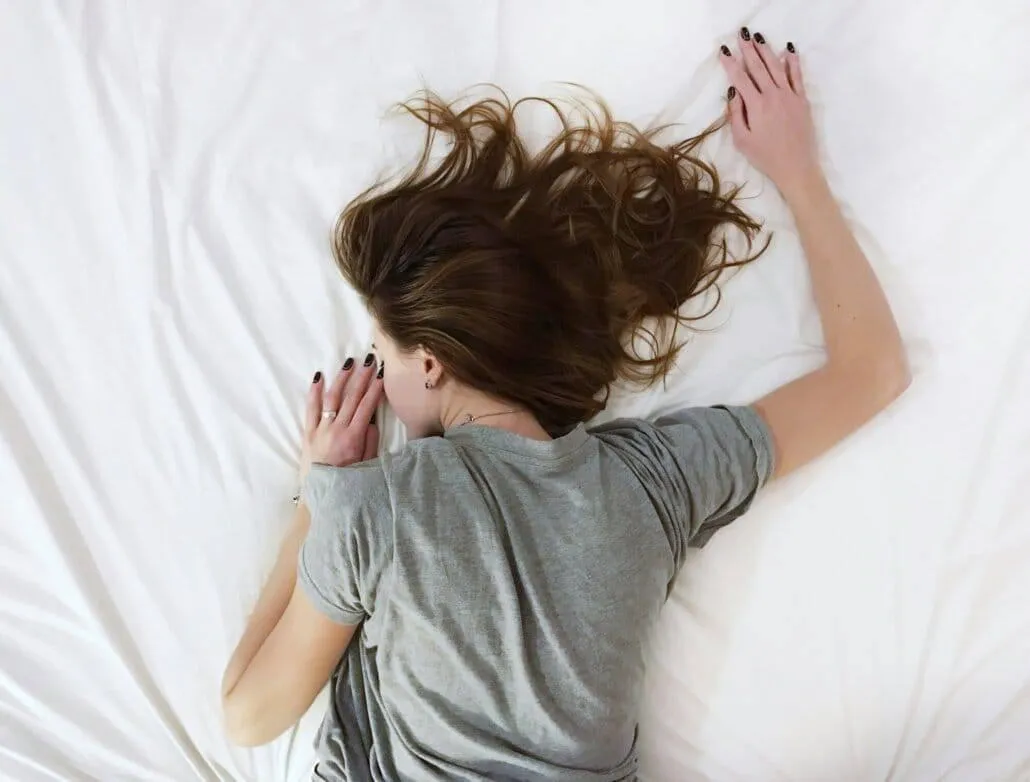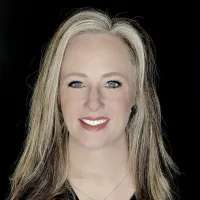
Blog

Understanding the Link Between Menopause and Sleep Apnea
When menopause occurs, it can cause various changes in the body, like hot flashes and disruptions to the menstrual cycle. It can also increase the likelihood of developing sleep apnea – a condition that affects your ability to breathe while sleeping.
This post explores the relationship between menopause and sleep apnea. We explore what menopause is, why it increases the risk of sleep apnea, and the treatments available for sleep apnea.
What is Menopause and How Does it Increase the Risk of Having Sleep Apnea?
Menopause is a stage of a woman’s life that marks the end of her reproductive years and usually occurs between the ages of 45 and 55.
During this time, the ovaries stop releasing eggs and sex hormones, such as estrogen, decline. These hormonal changes cause most of the side effects associated with the transition, including hot flashes, depression, anxiety, insomnia, waking to use the bathroom at night, and daytime fatigue.
Menopause can also increase the risk of developing sleep apnea in the first place. Declining hormone levels, such as estrogen and progesterone, can reduce muscle tone in the upper airway, making it more prone to collapse. These changes can lead to a loss of collagen in airway tissues, making them floppier and more likely to obstruct the passage of air. In fact, postmenopausal women are two to three times more likely to have sleep apnea compared to those who have not gone through menopause yet.
Which Symptoms May Be Linked to Obstructive Sleep Apnea That Are Normally Attributed to Hormonal Changes, Menopause, or Aging?
Sleep apnea is a condition where the body either stops breathing completely or has limited airflow multiple times in a night and usually occurs because the muscles in the esophagus relax and block the airway, known as Obstructive Sleep Apnea. When patients stop breathing, the body awakens quickly to start the breathing process again.
Since symptoms of both menopause and sleep apnea can overlap, one is often mistaken for the other. For example, a woman may be told that her symptoms are a result of menopause only, when in actuality, they are coming from sleep apnea.
But which symptoms overlap?
Trouble Sleeping. Women going through menopause often experience insomnia, night sweats, and daytime sleepiness. Other than night sweats, the same can occur for those with sleep apnea. Tiredness is a sign that lack of oxygen at night is affecting them during the day.
Poor Concentration or Memory Loss. Menopause can also cause changes in cognitive function that lead to poor concentration and memory loss. Sleep apnea can also cause similar dysregulation of cognition by impairing rest.
Mood Changes. Mood swings, including irritability and tearfulness, are common throughout menopause. But, again, you also find them in patients with undiagnosed sleep apnea.
Weight Gain. Hormonal changes can also change how the body stores fat, and menopause can lead to new types of weight gain. Sleep apnea can also cause body weight issues by depriving patients of sleep, leading to poor dietary choices.
Joint or Muscle Pain. Just like menopause, sleep apnea can cause aches and pains. People with the condition frequently complain of back pain, headaches, and muscle aches.
Osteoporosis. Finally, sleep apnea can affect bone mineral density, just like menopause. Reduced oxygen levels in the bloodstream during sleep can affect bone health long term.
With that said, there isn’t a perfect overlap between menopause and sleep apnea symptoms. For instance, sleep apnea is unlikely to cause irregular periods, hot flashes, or vaginal and urinary problems. It is also unlikely to affect sexual interest or discomfort by itself, though women with poor sleep might experience lower sexual desire due to tiredness.
What Are Other Signs of Sleep Apnea?
The tell-tale signs of sleep apnea include but are not limited to:
Loud snoring
Witnessed pauses in breathing
Episodes of gasping or choking out of sleep
Unrefreshing sleep
Daytime sleepiness
The desire to nap
Dry mouth at night
Grinding or clenching of teeth
Frequent urination at night
Weight gain and loss of muscle tone (a common part of aging) can also make sleep apnea worse.
Treatment Options for Sleep Apnea
There are several treatment options for sleep apnea, including:
CPAP
CPAP (continuous positive airway pressure) devices fit over your face while you sleep and maintain high air pressure to “inflate” the airway, preventing it from collapsing at night. This solution is highly effective but can be noisy and uncomfortable to wear as you sleep.
Dental Appliance
Oral appliance therapy is another common sleep apnea treatment. You can get from your sleep-trained dentist a custom-made mandibular advancement device (MAD) that keeps the jaw forward while you sleep and reduces the risk of airway collapse. Many patients prefer these to a CPAP because they are less invasive.
Nightlase
Nightlase is a laser procedure that stimulates collagen production in the back of the throat, tightening the tissue to keep it from collapsing. It also flattens the back of the tongue to keep it from falling into the airway. Nightlase is a non-surgical, FDA approved procedure to treat snoring, and can help treat sleep apnea as a co-therapy.
Get Help With Menopause And Sleep Apnea Symptoms From an Experienced Sleep Dentist in Richmond, VA
The Cosmetic and Laser Dental Spa of Richmond offers various sleep dentistry services to help you get a good night’s rest and get closer to whole body health.
If you are going through menopause, you could be an excellent candidate for these sleep apnea treatments.
Book your appointment today and see how our sleep dentistry services can help you!
VISIT US
27 Briggs Drive
Manakin-Sabot, VA 23103
Contact Us
Sarah C. Wilmer DDS, PLLC
(804) 784-2386
Business Hours
Monday: 8:00 AM - 5:00 PM
Tuesday: 7:00 AM - 4:00 PM
Wednesday 8:00 - 5:00 PM
Thursday 8:00 AM - 5:00 PM
Friday - By Special Appointment Only
Saturday & Sunday - Closed
Terms & Conditions | Privacy Policy
Copyright © 2024 | Cosmetic And Laser Laser Dental Spa Of Richmond | All Rights Reserved
